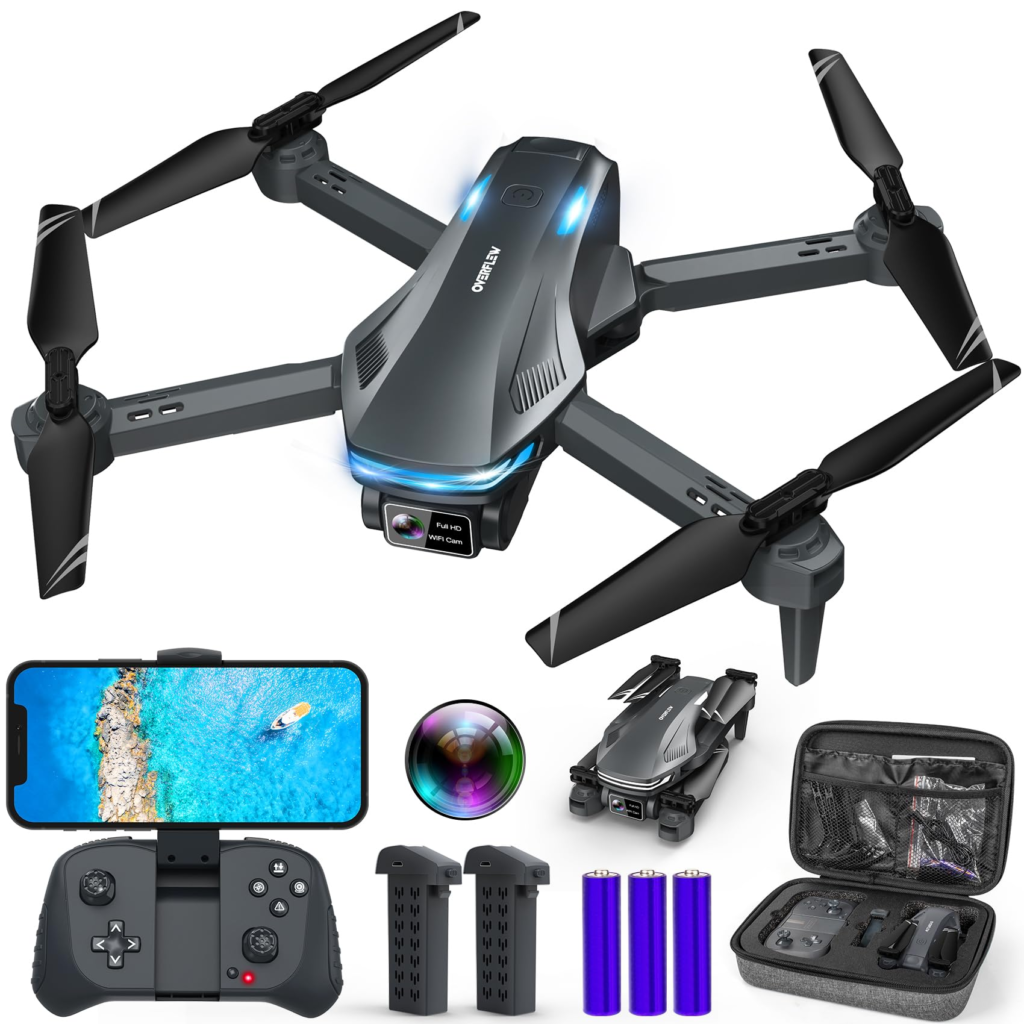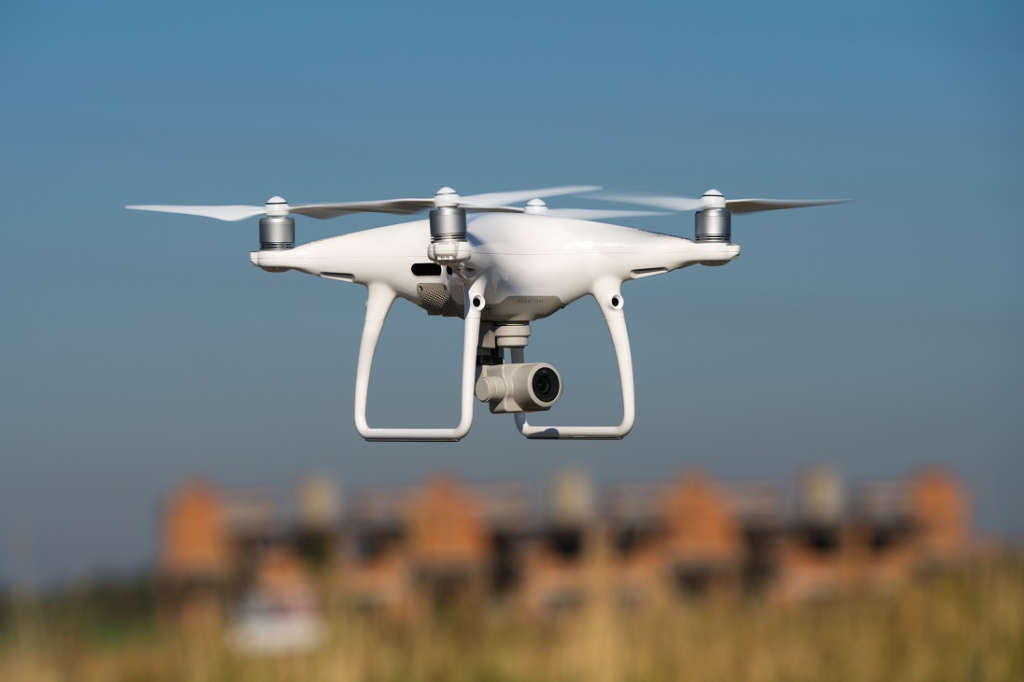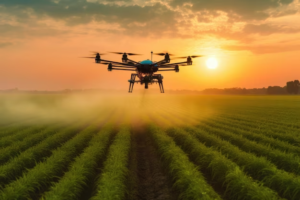In the realm of modern technology, the evolution of autonomous drone technology has sparked a revolution in various industries. From their humble beginnings as simple remote-controlled devices to today’s sophisticated aerial marvels, autonomous drones have become integral to a wide array of applications. Let’s delve into the fascinating journey of autonomous drones and explore how they have transformed with advancements in technology.
Autonomous drones represent the pinnacle of innovation in unmanned aerial vehicles (UAVs). These drones are equipped with cutting-edge technological systems that enable them to operate independently, without human intervention, once they are programmed and launched. The development of autonomous systems for drones has been driven by the need for increased efficiency, precision, and safety in various sectors.
One of the key components driving the autonomy of drones is Artificial Intelligence (AI). AI algorithms allow drones to perceive their environment, make real-time decisions, and adapt to changing conditions. By leveraging AI in drones, manufacturers have been able to enhance their capabilities in tasks such as navigation, object detection, and obstacle avoidance. This integration of AI is a significant milestone in the evolution of autonomous drone technology.

Moreover, Big Data plays a crucial role in enhancing the performance of autonomous drones. These drones generate vast amounts of data during their operations, including images, videos, and sensor readings. By analyzing this data using advanced analytics techniques, valuable insights can be extracted to optimize drone operations. Big Data analytics enables drone operators to improve efficiency, identify patterns, and make data-driven decisions, ultimately enhancing the overall effectiveness of autonomous drone missions.
The self-sufficiency of drones is another area where significant advancements have been made. Technological innovations have led to the development of platforms for drones that are capable of performing complex tasks with minimal human intervention. These platforms integrate various sensors, communication systems, and actuators to enable autonomous drones to execute missions such as forest fire detection and emergency management with precision and efficiency.
Forest fire detection is a prime example of how autonomous drones are revolutionizing emergency management. Equipped with advanced sensors and AI algorithms, these drones can detect signs of wildfires in remote areas before they escalate. By patrolling designated areas autonomously and transmitting real-time data to command centers, autonomous drones play a crucial role in early detection and rapid response to forest fires, helping to minimize damage and save lives.
Furthermore, the integration of fire signaling with drones has enhanced their effectiveness in emergency situations. Drones equipped with signaling devices can quickly relay important information to ground crews, such as the location of fire hotspots or areas requiring immediate attention. This real-time communication capability improves coordination and response times, thereby increasing the efficacy of emergency operations.

Technological advances in drones have also led to improvements in energy efficiency and air safety. With innovations in battery technology and propulsion systems, autonomous drones can now operate for extended periods on a single charge while maintaining high levels of performance. Additionally, features such as collision avoidance and geofencing enhance air safety by preventing drones from entering restricted airspace or colliding with obstacles.
In conclusion, the evolution of autonomous drone technology represents a significant milestone in the field of unmanned aerial vehicles. With advancements in Artificial Intelligence, Big Data analytics, and technological systems, autonomous drones have become indispensable tools in various industries. From emergency management to environmental monitoring, the capabilities of autonomous drones continue to expand, promising a future where unmanned aerial vehicles play a central role in improving efficiency, safety, and effectiveness across diverse applications.



